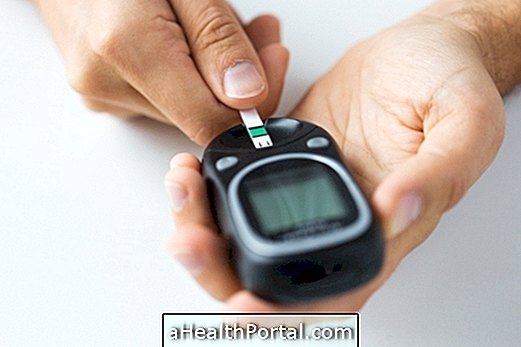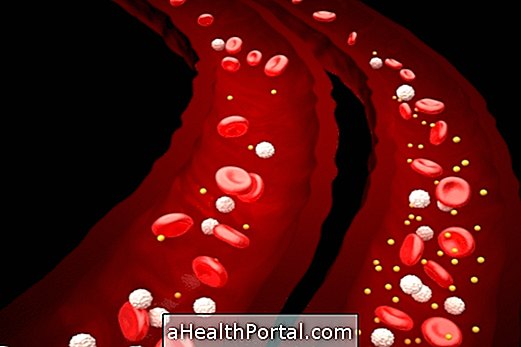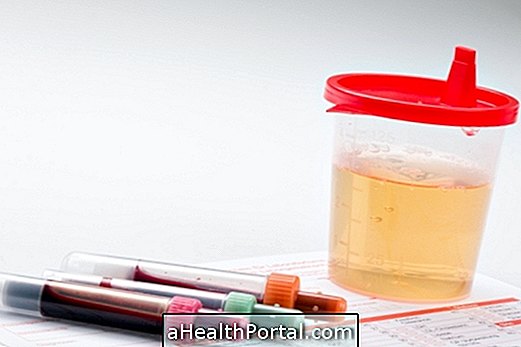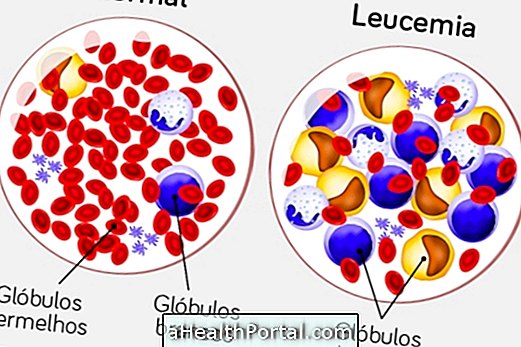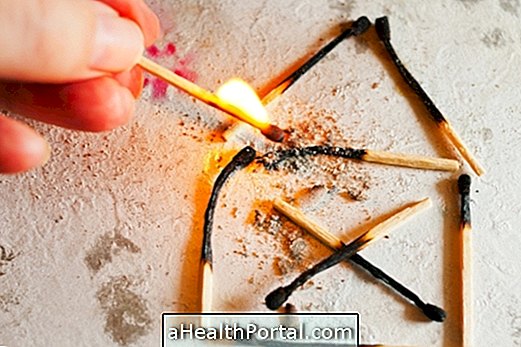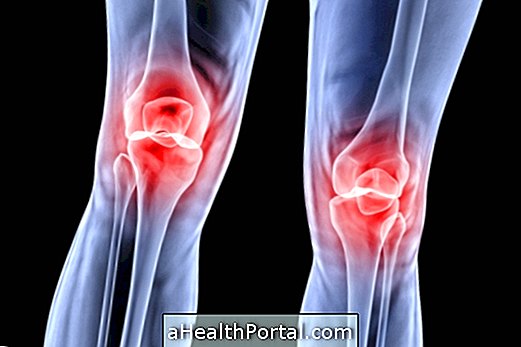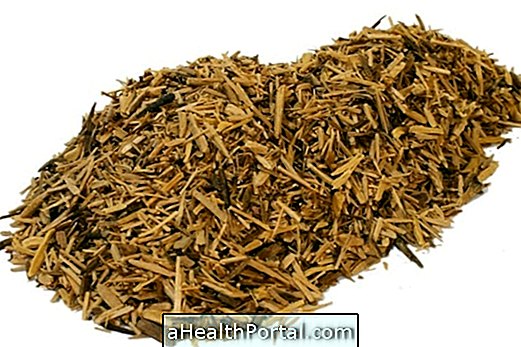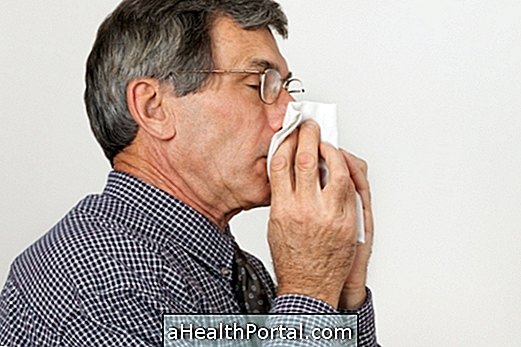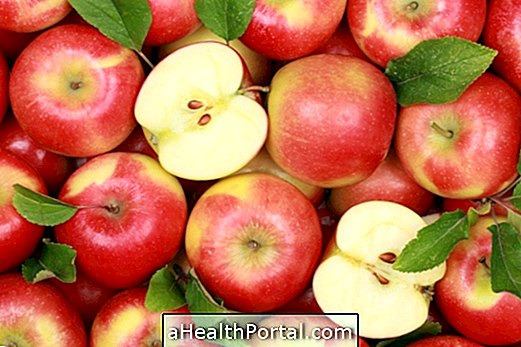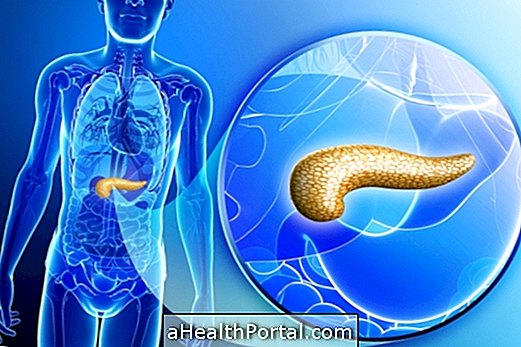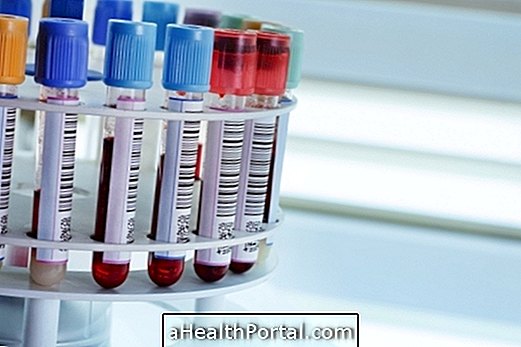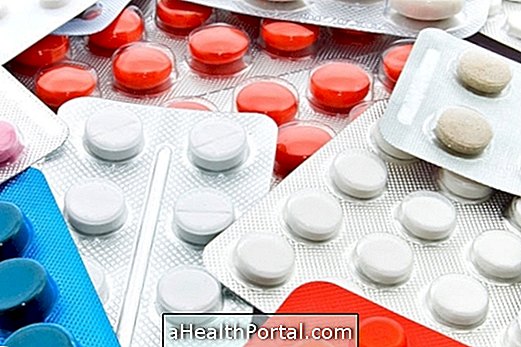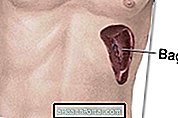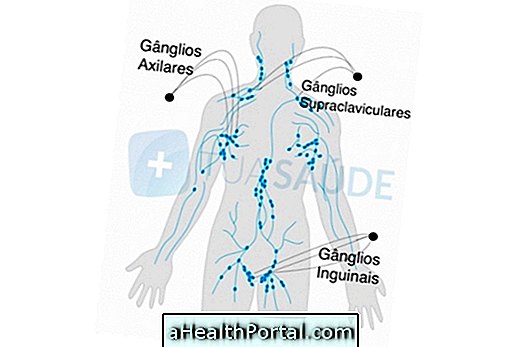Cholesterol is a type of fat present in the body that is essential for its proper functioning. Basically, there are 2 types of cholesterol, the good - HDL and the bad cholesterol - LDL. The difference consists between them consists of:
- Good cholesterol (HDL) has the function of removing bad cholesterol from the body and taking it to the liver. Upon reaching the liver, it will be metabolized and eliminated from the body.
- Poor cholesterol (LDL) is dangerous because it leads to the accumulation of fat plaques on the inner walls of the arteries, decreasing blood flow to important organs such as the heart and brain, and leading to the onset of cardiovascular diseases such as heart attack and stroke. example.
Bad cholesterol is known as LDL, which means Low Density Lipoprotein, or low density lipoprotein, and good cholesterol is known as HDL, which means High Density Lipoprotein or high density lipoprotein.
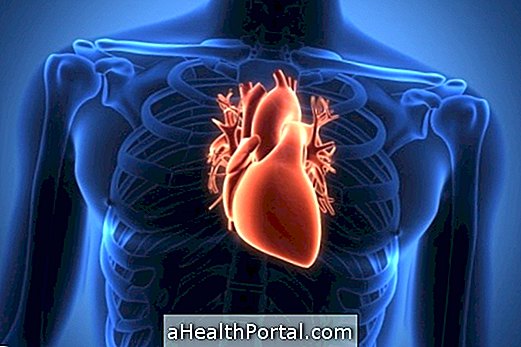
Cholesterol reference values
The reference values of good and bad cholesterol are:
- Good cholesterol (HDL):> 60 mg / dl
- Bad cholesterol (LDL) <130 mg / dL; being below 100 mg / dl in patients at high risk for coronary disease.
Cholesterol levels can be assessed through a blood test as ordered by the doctor.
To maintain proper cholesterol levels, eating healthy, low in fat and sugar, and avoiding a sedentary lifestyle by exercising on a regular basis is important. in some cases, your doctor may indicate the use of cholesterol-lowering medications.
Useful links:
- Cholesterol Lowering Remedies
- High Triglycerides
- Total cholesterol

